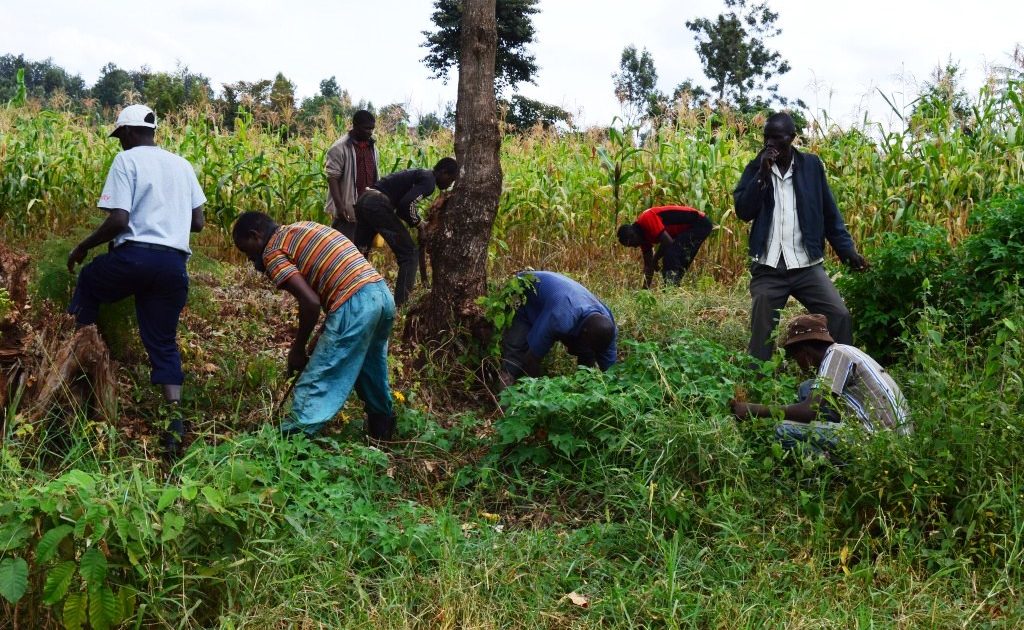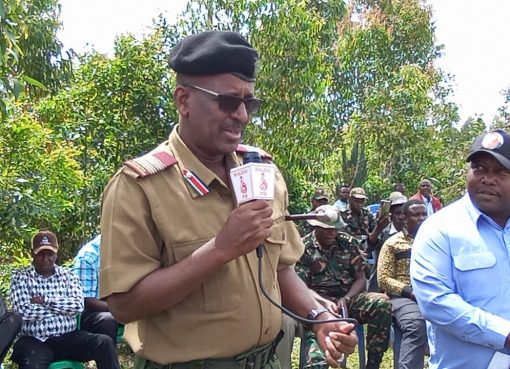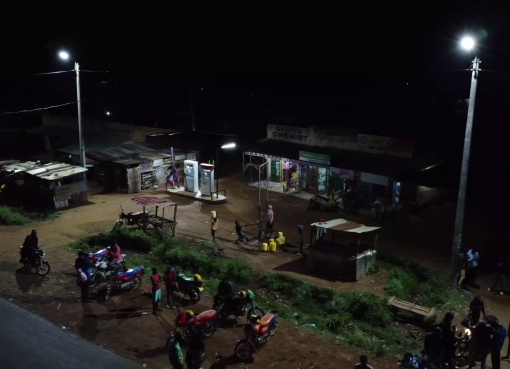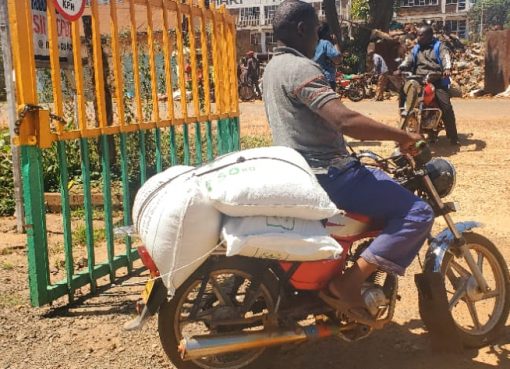


The Agriculture sector suffers the worst impact of climate change as has been evidenced recently through drought and uncontrolled floods being experienced in the country.
That is a statement we hear all the time but what we don’t hear often is that the sector is a key contributor to climate change, accounting for 17% of total emissions directly through agricultural activities and an additional 14% through land use changes.
Edward Ngare, a carbon project developer in Kirinyaga, says climate change is going to reduce crop production by up to 40 per cent if global warming continues.
“But you see the agriculture sector is plagued with inefficiencies that lead to ecological degradation,” says Ngare.
He says scientists have compelling evidence that the risk of global warming has become fairly daunting, somewhere above the 2°C threshold resulting to rapid sea-level rise, the risk of crop failure, and the collapse of coral reefs.
Albert Mureithi, a farmer from Togonye in Mwea East sub county Kirinyaga County, says “Udongo umeharibika sana sababu ya kutumia mafertilizer na madawa mingi,” (The soil is no longer productive out of over use of fertilizer and other chemicals).
Mureithi says Togonye area is considered to be a key catchment area for the Mwea rice farms for two reasons, one being the hills and the other Kie and Rupingazi rivers.
“But years of environmental degradation have destroyed the catchment area, and eucalyptus trees have replaced most of the indigenous trees. The trees were cut down for fuel and also to make room for agricultural land.
“We have now come together in this project Kirinyaga Carbons and through it, we hope to rehabilitate our environment, improve our yields and earn carbon credits as well,” Mureithi said.
Ngare who is behind the carbon credit project says there were several components of the project involving climate and smart agriculture.
“For instance, there are integrated pest management, soil fertility management, water management and crop rotation,” he said.
“As part of this rehabilitation project, each farmer in the group is required to plant trees at least 10 per cent of the land, as well as a fodder crops that will provide some ground cover for the soil,” he said.
Ngare said the farmers were working together with scientists from the Kenya Agricultural and Livestock Research Organization (KALRO), who say that it would take about 4 years to fully rehabilitate the area.
But once that is done, they have set their eyes on the European market for their horticultural produce, where they hope to earn carbon credits at the rate of five dollars per ton of carbon dioxide.
“For the consumers in Europe to get the produce from here, it has to be air lifted. So in that airlifting, there is carbon that is emitted by the plane. When the consumer is preparing the food, the energy they use to cook also emits some carbon,” he explained.
“And in total, the emissions from Europe are higher compared to here. So what we want is, instead of the airline and the consumer offsetting their emissions with other projects in other countries, why don’t they offset with us by buying our produce from Kirinyaga?” Ngare says.
A carbon credit he explains is a permit that allows a country to emit a certain amount of greenhouse gases, and then if the emissions are below the set quota, they can sell the excess to a big emitting country. Kenya is a very low carbon emitter.
He said the project has also enlisted a group of tea farmers who would sell their tea in Europe earning their carbon credit in the process.
“All we do is that we encourage our farmers to increase organic soil matter in their land, thereby cutting emissions of carbon dioxide and with their yields also increasing by 20 per cent,” he noted.
Ngare says a project in the Coast region has succeeded where two communities have managed to plant at least 6, 500 seedlings, cutting emissions by at least 3, 000 tonnes annually and earning Sh.1 million from the credits.
He say the carbon market globally is worth an estimated 144 billion dollars, but Africa only gets 3% of that market.
Kenya’s carbon emissions are about 21.47 metric tonnes of carbon dioxide equivalent, representing just 0.06% of global emissions.
He says when the Paris agreement was adapted in 2015, it gave countries the options to decide the steps they would take to reduce their carbon footprint.
“Most countries including Kenya provided a plan that put agriculture at the center of emission reduction through adaption of eco-friendly farming methods,” Ngare said
He said the project Kirinyaga carbons is making it possible for farmers to adopt climate strategies by engaging in climate smart agriculture and going a step further in seeking access to the carbon market.
By Irungu Mwangi





